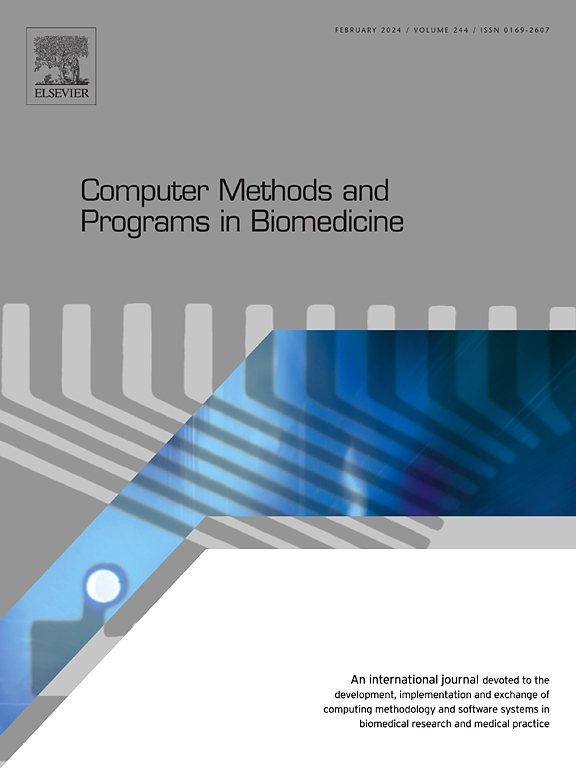Improving clinical decision making by creating surrogate models from health technology assessment models: A case study on Type 1 Diabetes Melitus
IF 4.9
2区 医学
Q1 COMPUTER SCIENCE, INTERDISCIPLINARY APPLICATIONS
引用次数: 0
Abstract
Background and Objective:
Computerized clinical decision support systems (CDSS) that incorporate the latest scientific evidence are essential for enhancing patient care quality. Such systems typically rely on some kind of model to accurately represent the knowledge required to assess the clinicians. Although the use of complex and computationally demanding simulation models is common in this field, such models limit the potential applications of CDSSs, both in real-time applications and in simulation-in-the-loop optimization tools. This paper presents a case study on Type 1 Diabetes Mellitus (T1DM) to demonstrate the development of surrogate models from health technology assessment models, with the aim of enhancing the potential of CDSSs.
Methods:
The paper details the process of developing machine learning (ML) based surrogate models, including the generation of a dataset for training and testing, and the comparison of different ML techniques. A number of distinct groupings of comorbidities were utilized in the creation of models, which were trained to predict confidence intervals for the time to develop each complication.
Results:
The results of the intersection over union (IoU) analysis between the simulation model output and the surrogate models output for the comorbidities under study were greater than 0.9.
Conclusion:
The study concludes that ML-based surrogate models are a viable solution for real-time clinical decision-making, offering a substantial speedup in execution time compared to traditional simulation models.
求助全文
约1分钟内获得全文
求助全文
来源期刊

Computer methods and programs in biomedicine
工程技术-工程:生物医学
CiteScore
12.30
自引率
6.60%
发文量
601
审稿时长
135 days
期刊介绍:
To encourage the development of formal computing methods, and their application in biomedical research and medical practice, by illustration of fundamental principles in biomedical informatics research; to stimulate basic research into application software design; to report the state of research of biomedical information processing projects; to report new computer methodologies applied in biomedical areas; the eventual distribution of demonstrable software to avoid duplication of effort; to provide a forum for discussion and improvement of existing software; to optimize contact between national organizations and regional user groups by promoting an international exchange of information on formal methods, standards and software in biomedicine.
Computer Methods and Programs in Biomedicine covers computing methodology and software systems derived from computing science for implementation in all aspects of biomedical research and medical practice. It is designed to serve: biochemists; biologists; geneticists; immunologists; neuroscientists; pharmacologists; toxicologists; clinicians; epidemiologists; psychiatrists; psychologists; cardiologists; chemists; (radio)physicists; computer scientists; programmers and systems analysts; biomedical, clinical, electrical and other engineers; teachers of medical informatics and users of educational software.
 求助内容:
求助内容: 应助结果提醒方式:
应助结果提醒方式:


